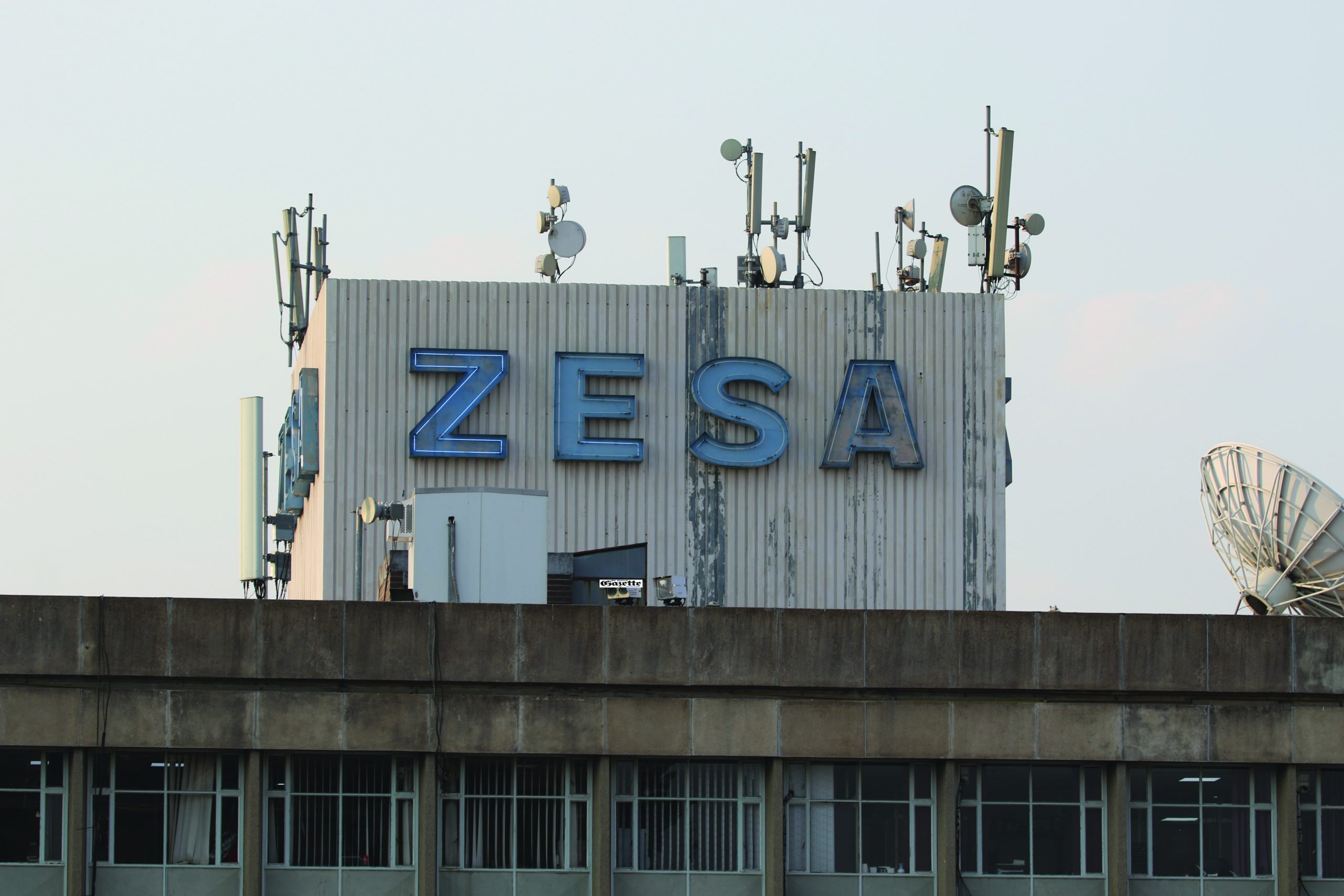
INDUSTRY and Commerce minister Sekai Nzenza lays out what on paper looks like a viable plan to reactivate the ailing fertiliser production value chain. To stem an increasingly terrifying food security situation that has been compounded by instabilities in Eastern Europe, she is leading a process to domesticate the bulk of the fertiliser making process. It is not a mean feat, though, given that to ship in advanced phosphate extraction technologies to Dorowa Minerals alone, the under-fire government must raise US$70 million.
Dorowa is only a small fraction of a huge, ailing fertiliser empire mostly controlled by the state through the Industrial Development Corporation of Zimbabwe. Having underpinned agriculture for up to seven decades in some cases, most of these assets are now nothing but heaps of mangled steel and graveyards of insolvent enterprises.
At the heart of the impending agricultural crisis, said by the IMF to be threatening five million Zimbabweans this year alone, are multiple factors born out of decades of greed and sheer mismanagement by this and previous governments.
President Emmerson Mnangagwa did well when he filled his government with technocrats like Nzenza to take charge as Zimbabwe tried to break with the past. But, so far, there has been nothing but disappointments for Zimbabweans. Theft of state assets has meant that the country has had to expend US$100 million yearly to import fertiliser. This is unacceptable considering the size of infrastructure inherited at independence in 1980, before it was run down through decades of self-enrichment schemes.
Fertilisers are responsible for driving agriculture, an industry that drives this economy – in good and bad times. It is important to see that the confrontations between Russia and Ukraine, major fertiliser producers, have jolted the government into quickening ongoing plans to rebuild domestic manufacturing. But to demonstrate the damage already inflicted on agriculture by low production, millers are scouring for 180 000 tonnes of wheat from alternative markets following supply chain disruptions, which means more forex outflows.
Only last month, oil pressers said they required US$280 million in soya bean imports to continue producing. Between 250 000 and 300 000 small-scale cotton farmers face a bleak future unless fertilisers arrive in time for the next agricultural season. Cotton output has been falling, leading to a plunge in output to 32 000 tonnes in 2016, from 143 000 tonnes in 2014. There is a very long list of signs that Zimbabwe’s agricultural sector is failing.
But the IMF’s warning was most profound. These statistics speak of a crisis that has been unfolding while the government buried its head in the sand.
It takes proactive interventions like the one under consideration to navigate the sinking ship out of turbulent waters.
- Chamisa under fire over US$120K donation
- Mavhunga puts DeMbare into Chibuku quarterfinals
- Pension funds bet on Cabora Bassa oilfields
- Councils defy govt fire tender directive
Keep Reading
Nzenza may not have realised the gravity of the crisis.
But she must stick to the plan, and walk the talk.
This is especially so when considering that apart from building an agriculture sector that guarantees complete food security, the government wants the sector to turn over US$8 billion yearly.











